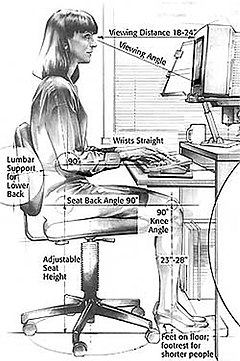“IMPROVED SAFETY FOR URANIUM WORKERS” is the headline of a media release from Australia’s Minister for Resources and Energy, Martin Ferguson. The 9 June 2011 statement concerns the positive initiative of new health monitoring for those workers in the uranium mining and milling industries, but it also betrays a perspective that is dominant in the thinking of national policymakers.
If we accept that a principal aim of occupational health and safety legislation is the prevention of harm*, then the initiative announced does not improve safety for uranium workers. It collates evidence of harm in preparation for compensation.
Minister Ferguson says
“The health and safety of workers is always our first priority. [If ever there was a statement that is a red flag for suspicion, this is it] The new national register strengthens protections for employees over their working life by ensuring that data for monitoring radiation doses will follow them if they move across jobs and across jurisdictions. Wherever they go in Australia, workers will be able to access records that track complete dose histories to ensure their good health into the future. The national dose register is integral to ensuring we have a world class regulatory regime in place for uranium mining in Australia.”
This quote shows the classic leap from a pledge of no (or minimal) harm to the reality – a register of harm. Continue reading “Wrong safety messages from Australia’s resources minister”


